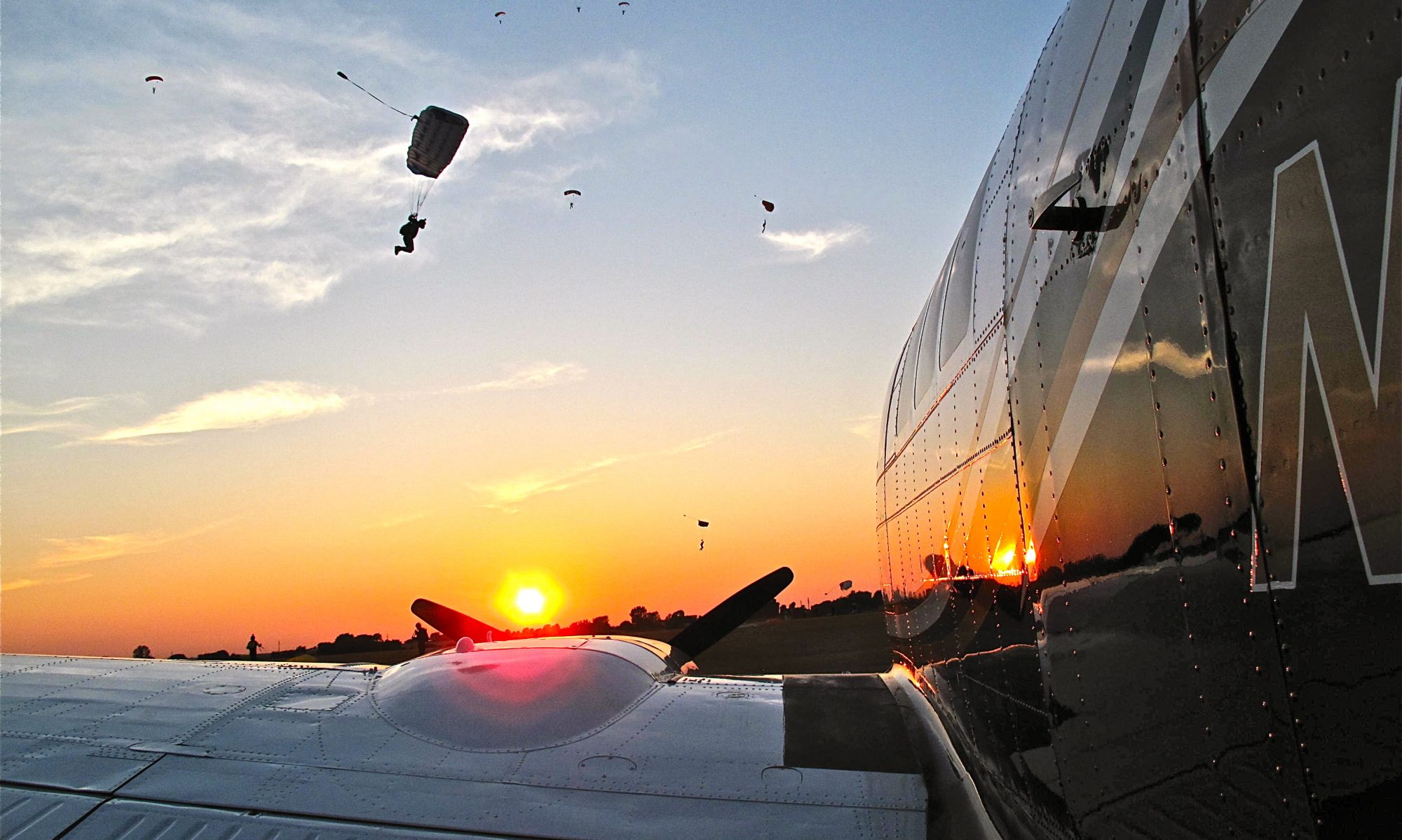In-flight refueling
By lex, on July 20th, 2004
In flight refueling is pretty much a survival skill for a fighter pilot, especially if he’s in the US Navy.
(lots of pics, dial-up readers are forewarned)
All fighter designs are compromises – make a fighter big enough to carry a lot of gas, and you generally pay a performance tax. Building more fuel capacity makes the jet larger, requiring larger, more powerful engines to drive it at high subsonic and supersonic speeds. These engines in turn will generally use fuel at a faster rate, meaning diminished returns on the investment. A larger fighter is also a disadvantage on the carrier, where the real estate cost per square foot is probably the highest in the world.
But having a smaller fuel capacity greatly impacts flight operations, since “short-legged” fighters don’t have the endurance required to support maneuvering the ship during cyclic operations – one of the great advantages that aircraft carriers have over airfields is that you can move them around, hide them and such.
The FA-18, which some of you may know is where I passed most of my time spending your tax dollars, is considered at the lower end of the fuel bearing margin for a naval fighter.

